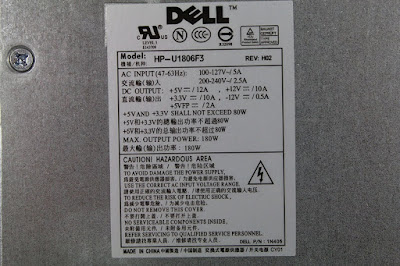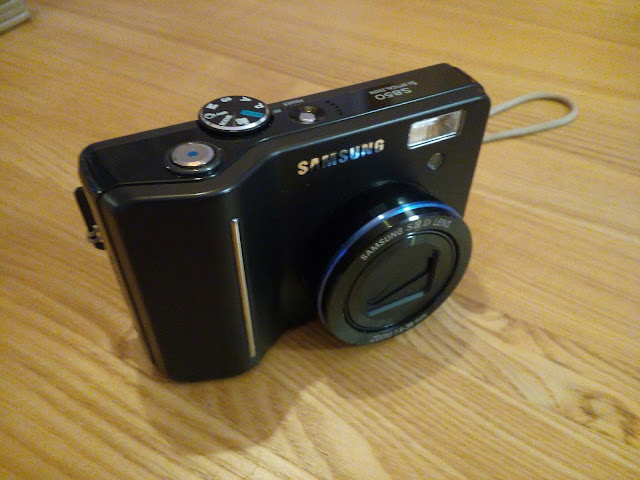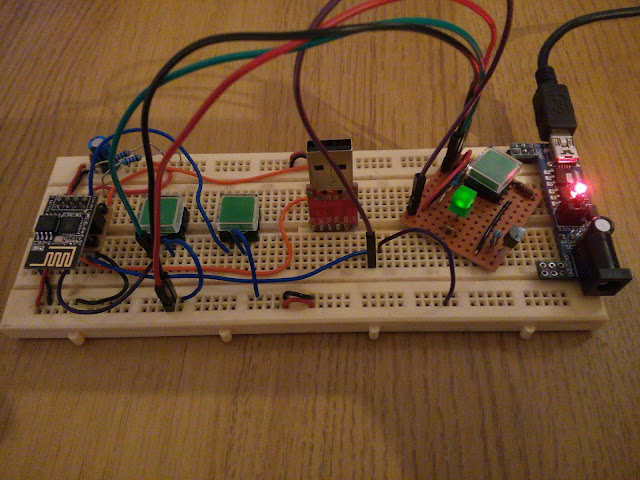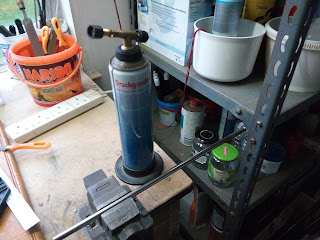Bench Power Supply - DIY Upcycle

I've wanted a decent bench power supply for a few years and had been making do with assorted plug-in units with different voltages for various projects and experiments. I was thinking of buying a workshop supply on AliExpress, but an article in Hackspace magazine warned about cheap units with inadequate or non-existent earth connections to their metal cases, so I shelved that idea. I was stripping out an old Dell commercial grade desktop and ended up with a nice 180 watt power supply which was a long thin shape as opposed to the standard square ones and I decided to use this as the basis for a DIY workshop power supply. This provides plenty of current at the 3 main voltages I needed, 3.3v, 5v and 12v. I wanted at least one variable output as well and had in mind a small project I saw in an electronics magazine a few years ago using a modified cheap buck converter, which I'll come back to later. I wanted to use as many salvaged and recycled parts as possibl








